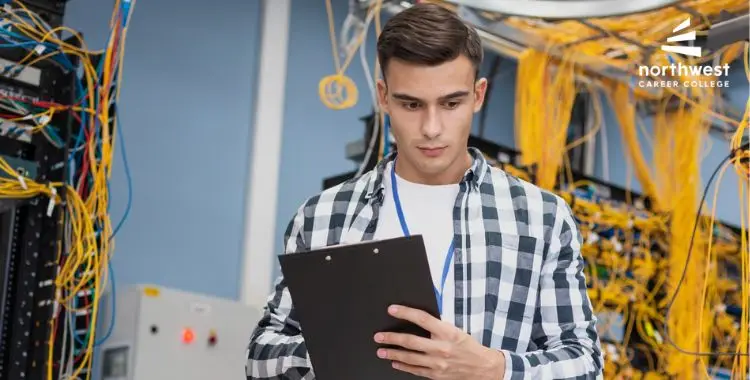Security Considerations for Remote Access and Data Protection
- November 27, 2025
- 1.5k views
- 4 min read
Have you ever considered how much information is being shared and kept on the internet? And with the trend of working remotely, there has probably never been a greater need to keep data safe. But if you are going into IT, it is essential to understand how this can be protected when the systems are accessed remotely.
However, hackers are always looking for weak spots; remote access can be one of them if it is not well secured. Businesses can protect their data while enjoying the benefits of working remotely by using the right tools and practices—a look at the most critical security considerations regarding remote access and data protection.

Table of Contents
What is Remote Access?
Remote access enables the IT specialist or staff member to log on to the firm’s network anywhere globally remotely. This utility allows for remote work as well as IT issue resolution.
For example, a home-working staff member might use an office computer to download files or programs. IT technicians also utilize remote access when fixing equipment problems without being physically on-site.
The Risks of Remote Access
- Unauthorized Access: If the login credentials are compromised, hackers gain unauthorized access to the company’s confidential information.
- Weak Passwords: Simple or reused passwords make the work of an attacker way easier.
- Unsecured Wi-Fi Networks: Public Wi-Fi can expose connections to cyberattacks.
A 2023 Statista report that global cybercrime costs will reach a staggering $10.5 trillion annually by 2025, increasing the demand for robust security practices.
Essential Security Measures for Remote Access
Enterprises and IT technicians use several security practices to keep remote access secure. Some of the most effective are as follows:
- Use VPNs: Encryption of data through VPNs keeps the information transmitted from being intercepted by hackers.
- Enable Multi-Factor Authentication: This will add a layer of security, requiring a second form of verification, for example, a text message code and a password.
- Regularly Update Software: Keeping software updated keeps all the vulnerabilities through which hackers might get in.
- Limit Access Permissions: Employees should only have access to the systems and data they need for their roles.
These measures help in maintaining a very secure environment for remote access.
How to Safeguard Data While Working from Home
Data protection is another critical part of security in terms of remote work. Some ways to protect data include:
- Encrypting Files: Encryption ensures that even if data is intercepted, it cannot be read without the correct decryption key.
- Leveraging the Cloud for Secure Services: Reputable cloud platforms have methods available for the secure storage and dissemination of files.
- Training Employees: Employees can be trained about phishing scams, password security, and safe browsing habits that can minimize risks considerably.
IBM Security found from a survey that human error is one of the leading causes of data breaches, which makes education and awareness about data protection very important.
The Role Played by IT Technicians in Security
The IT technician’s job is to ensure that remote access and data are kept secure. You will set up the security systems, monitor the networks for threats, and patch vulnerabilities before exploiting them.
Moreover, As an IT technician, you will train employees on best safety practices and ensure that each employee knows their role in data protection. If you want to venture into IT in the future, mastering these skills will make you indispensable for any organization.
Conclusion
If one of your dreams is to become a professional IT Technician, Northwest Career College has you covered. The IT Technician Program here at NCC prepares students for the industry by offering them advanced technical knowledge and hands-on experience in the fast-growing field of Information Technology.
Enroll now, and start growing into an excellent IT technician right away. For more information regarding our program, what we are offering, or how we will be able to help you accomplish your aims and aspirations, contact us using any of the contact methods listed on our site.





